by Robert Maselko –
The recent attempt by a Chinese company to revive the Borgward brand, called attention to the storied past of that long defunct marque. For those not following along, Borgward was a premium German car from the northern city of Bremen, founded and run by the autocratic engineer Carl F.W. Borgward. When times got tough following the global recession of 1959, financiers denied additional loans to Borgward, resulting in the company folding operations in 1961.
Borgward built his automotive empire starting in the 1920s, based on the success of a 3-wheel light delivery vehicle called the Blitzkarren. In 1929 Borgward snapped up the faltering Hansa-Lloyd automobile company. Post WWII, Borgward rebuilt his business, splitting the company into the Borgward (premium), Goliath (mid-level), and Lloyd (entry-level) brands in an effort to qualify for more raw materials in an industry carefully rationed by the government.
In May 1950, Lloyd was re-introduced as a basic, two cylinder, 300cc two stroke engine, front wheel drive microcar, fulfilling a market need in Germany for inexpensive transportation below the Volkswagen Beetle and above motor scooters. Early sales success soon led to product improvements, including a shift in 1953 to an all-steel body (originally vinyl over wood!) and enlarging the engine to 400cc. The gearbox remained a column shifted three speed.
Because of the modular nature of the new, bolt-together body, the same basic shell was offered in multiple configurations, including a fabric sunroof, cabriolet, and Kombi (wagon). Even a multi-passenger van was introduced using the same drivetrain and backbone steel chassis.
By late 1955, with the introduction of the LP600 model, a new 600cc single overhead camshaft (four stroke) engine replaced the smoky two stroke. An optional full synchromesh four speed gearbox further refined the successful design. In 1958, Lloyd was the 3rd largest selling brand in West Germany, behind VW and Opel, and exports to the United States commenced. (Trade publication Automotive News reported in their April 27, 1959 Almanac that Lloyd imported 2,800 cars to the U.S. in 1958.)
With the wirtschaftswunder or “German economic miracle” in full swing, Lloyd had to up their game to stay competitive. That resulted in the 1959 Alexander, an evolution of the LP600, with the full synchro four speed box as standard equipment, and a more modern full width grill. If you went for the sportier TS (Tourismo Sport) model, you were rewarded with 6 more horsepower, an upgraded rear suspension, padded dashboard, vanity mirror, windshield washers, and reclining front seats. A Saxomat automated clutch was optional.
Carl F.W. Borgward even commissioned Pietro Frua to design a small sports coupe based on the Alexander TS. Forty eight of these special cars were hand-built by Ghia at their shop in Aigle, Switzerland.
If we look at the 1959 Lloyd Alexander TS in the context of the 600cc car market at that time (think Fiat 600, Glas, BMW 600, Daf, etc.), the little Lloyd really shines. The engine was a short stroke, single over head cam design, mounted transversely, with a light alloy, finned sump. This drove the front wheels through a four speed full synchromesh gearbox. Steering was by rack and pinion. The trailing arm rear suspension featured an integrated anti-roll bar mounted in machined splines, like a torsion bar. The standard heater had separate sources and ducting for the defroster and floor outlets. The cabin sported lockable vent windows, large seats with full coil springing for four adults, and a fold down rear seat allowing long objects to be carried in the trunk. The trunk, cabin floor, and engine lid each had sound damping material. Both the engine and trunk lids had release levers inside the car. The ATE drum brakes were relatively oversized at 200mm each.
The Lloyd was even a reasonably good performer by 600cc class standards, competing in the 1959 “Little LeMans” 8 hour endurance race held at the Lime Rock Park, Connecticut race circuit.
Today we take those types of features for granted, but by 1959 standards, the car was very well equipped, well finished, and a class leader. When Carl F. W. Borgward’s automotive empire began to unravel financially in 1961, auditors discovered that entry-level Lloyd was the most profitable brand and the last one to officially be dissolved.
Few car enthusiasts today recall Borgward. Even fewer have ever heard of or seen a Lloyd. However, for the owners of the several cars that survive, they are surely not forgotten.
Rob Maselko had his Lloyd on the show field at the 2021 Carlisle Import & Performance Nationals, held in Carlisle, Pennsylvania May 14-15, 2021. It was given a Carlisle Elite Award by show management for the most unusual car present.
Let us know what you think in the Comments.
Robert Maselko grew up in the heart of European car imports to the USA: northeastern New Jersey. He is an historian and collector of etceterinis, microcars, and Triumphs. He resides in Wharton, New Jersey.
All images supplied by Robert Maselko.
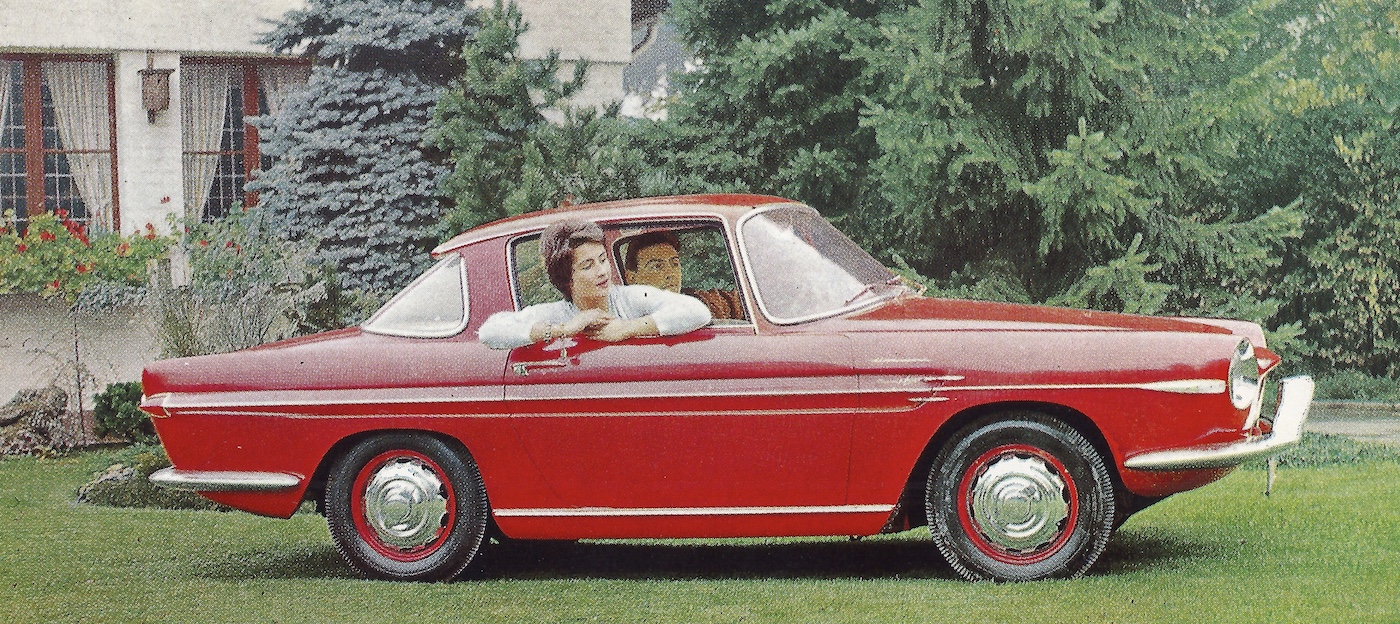
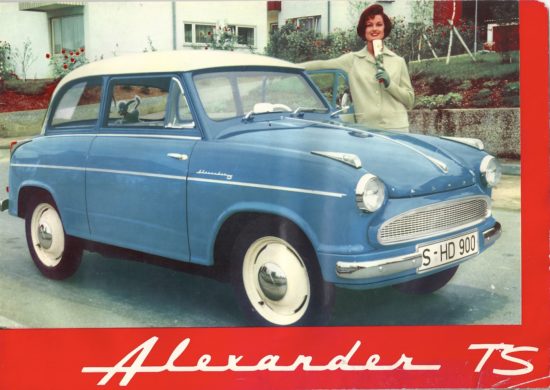
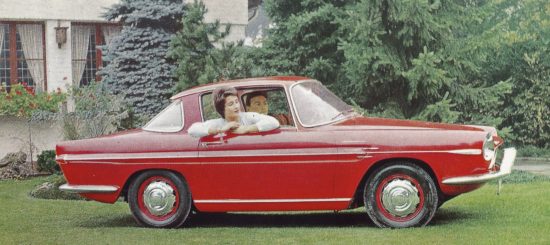
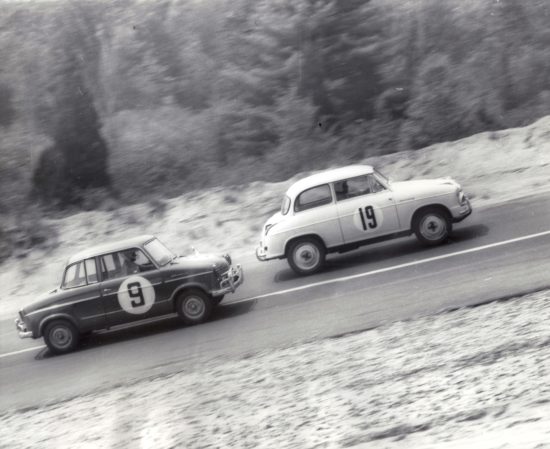
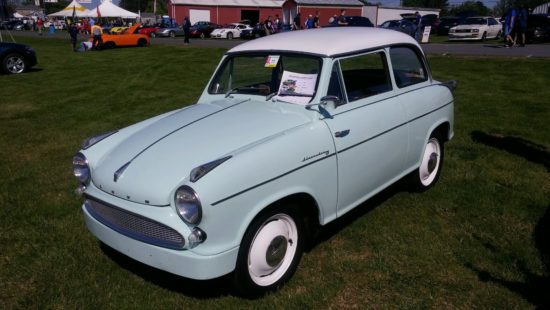
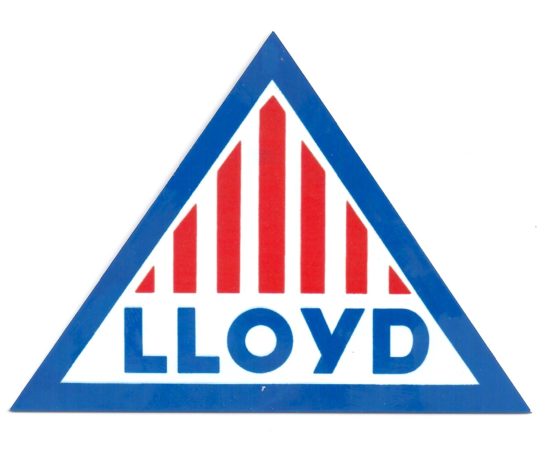
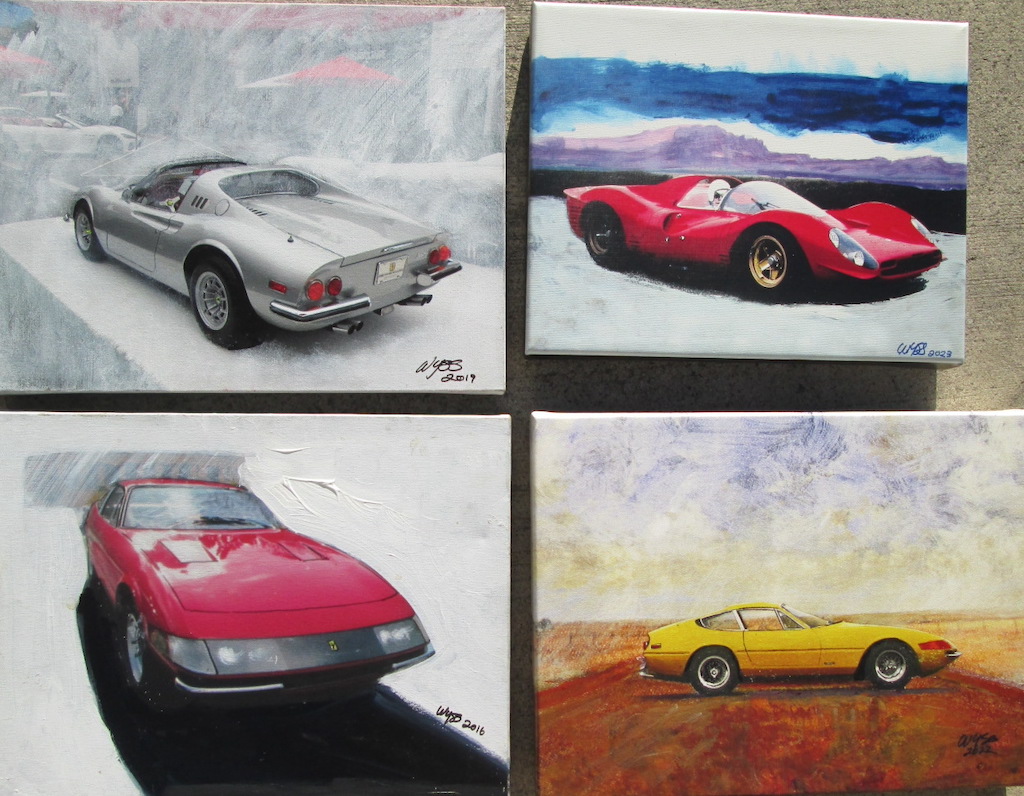

My parents had a little Lloyd Alexander which had room for three kids in the rear seats and the bassinet for a 4th child fitted in the “very back” which had an outside rear door. A bit like a tiny station wagon. It was a pretty cool small car. My brother “inherited” it. It’s probably rusting somewhere now.